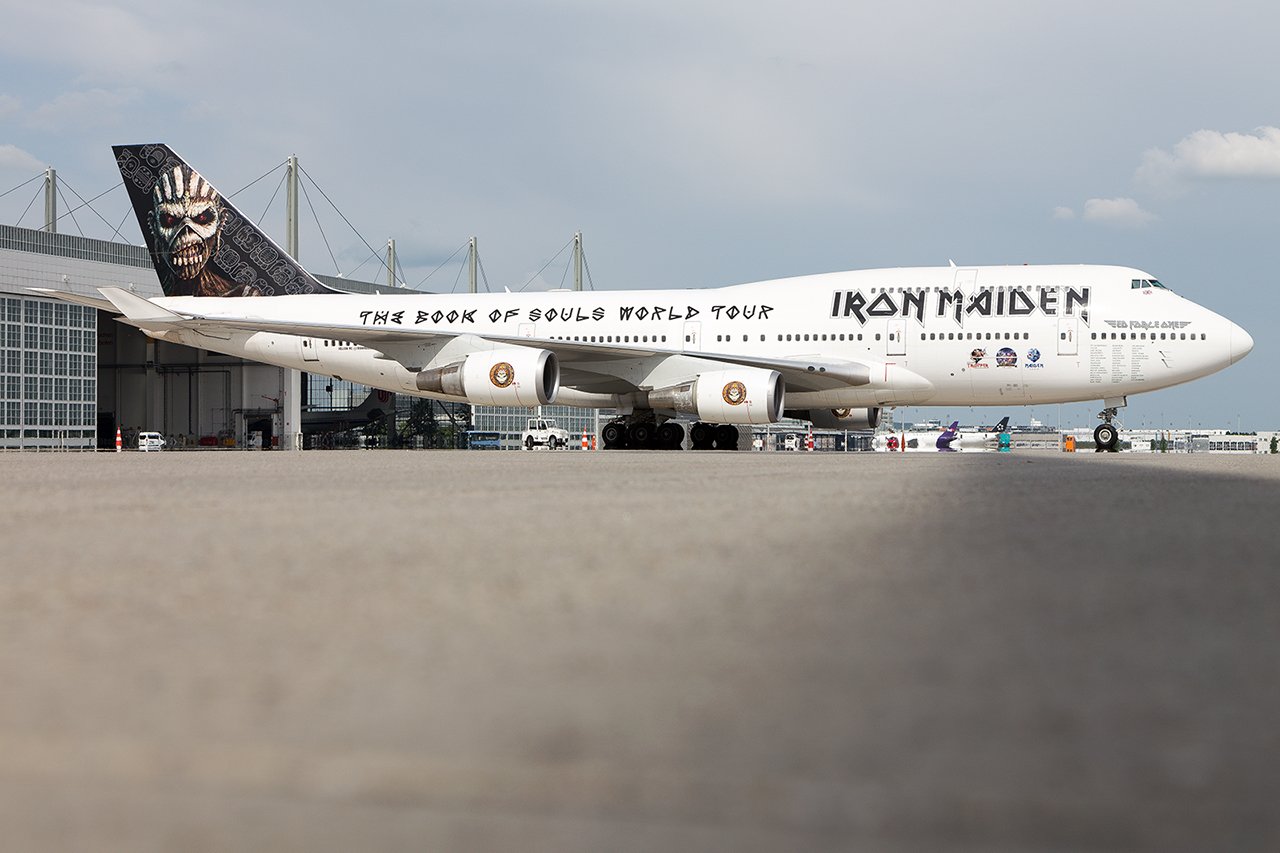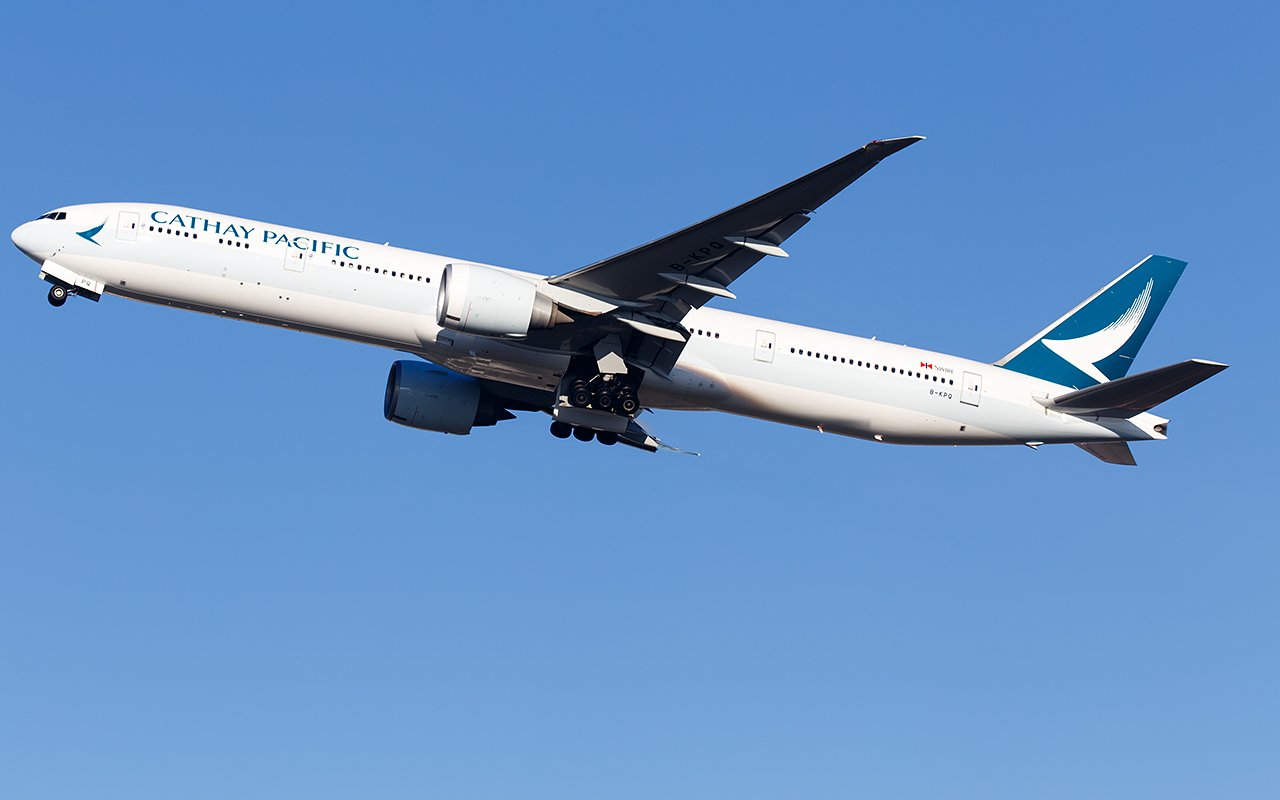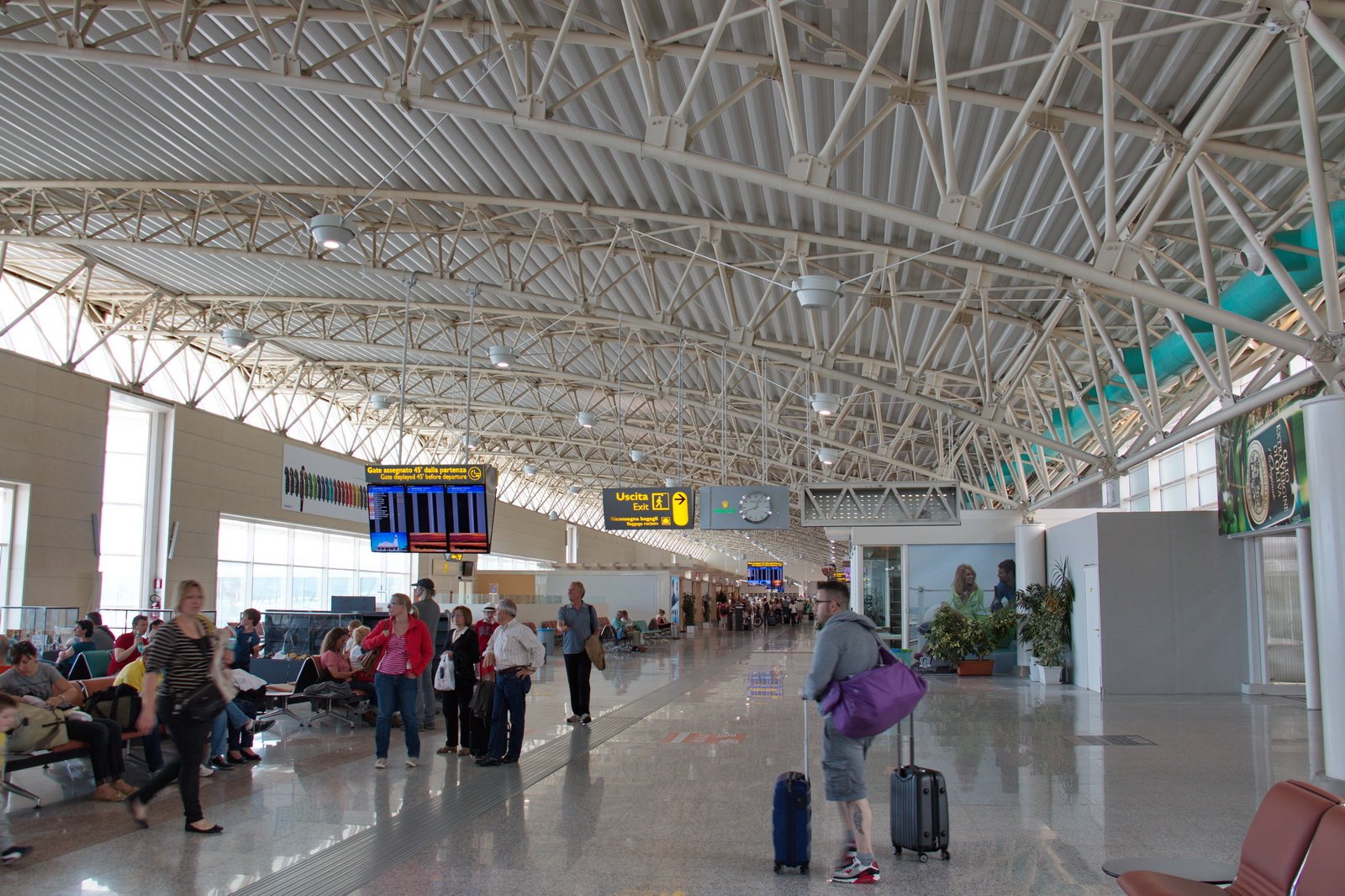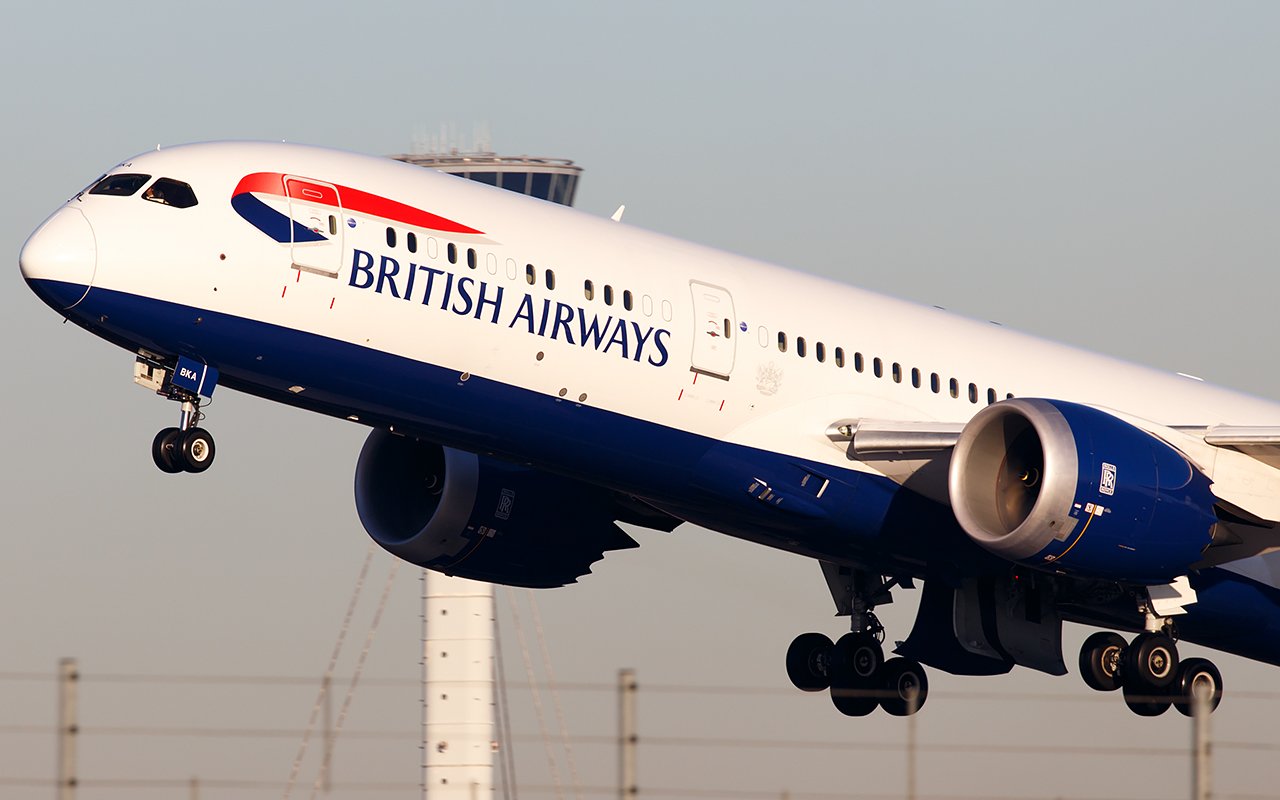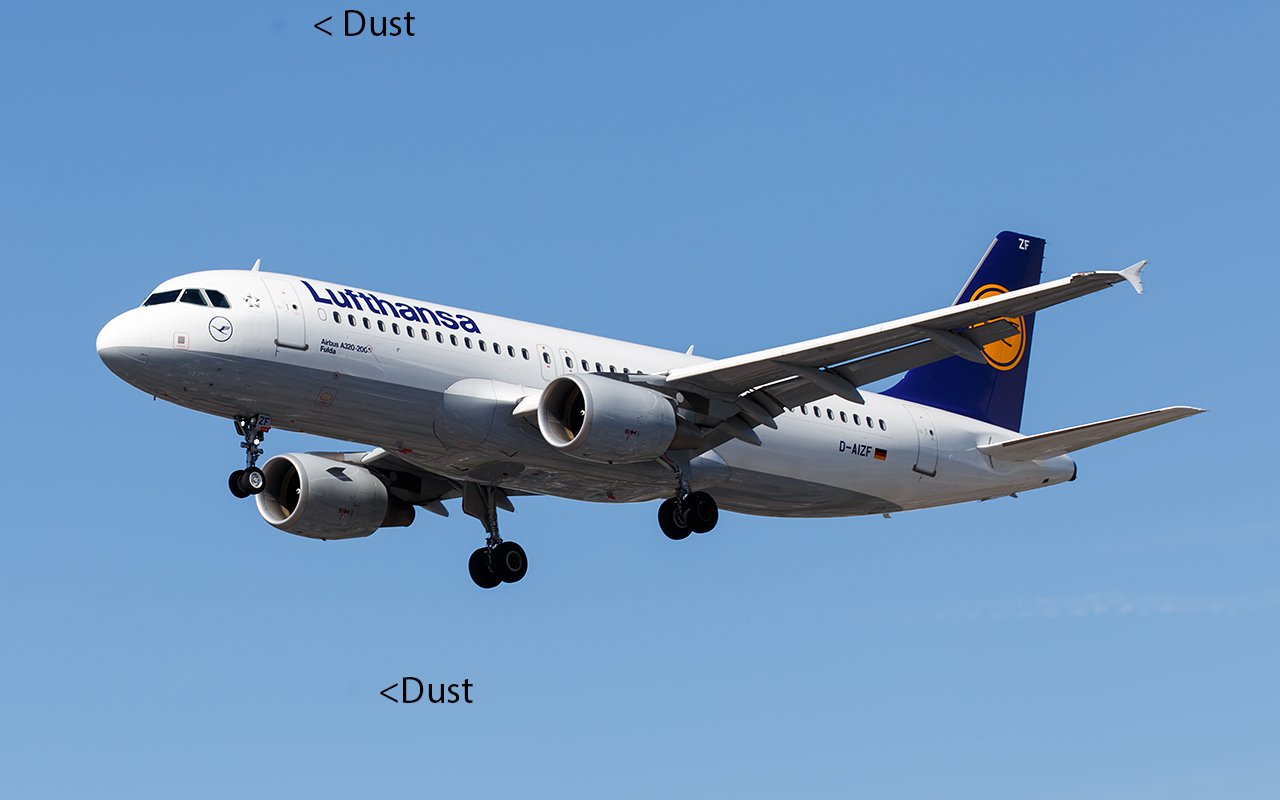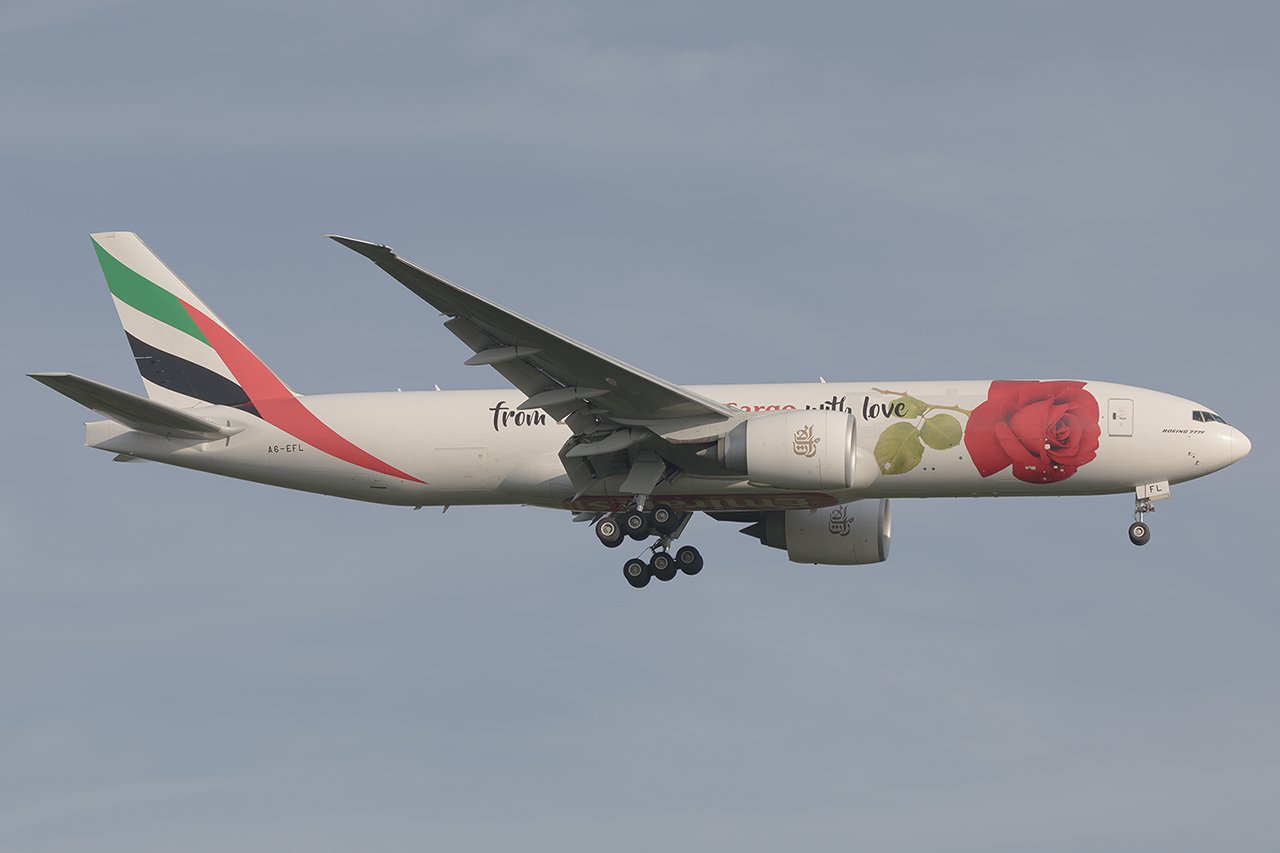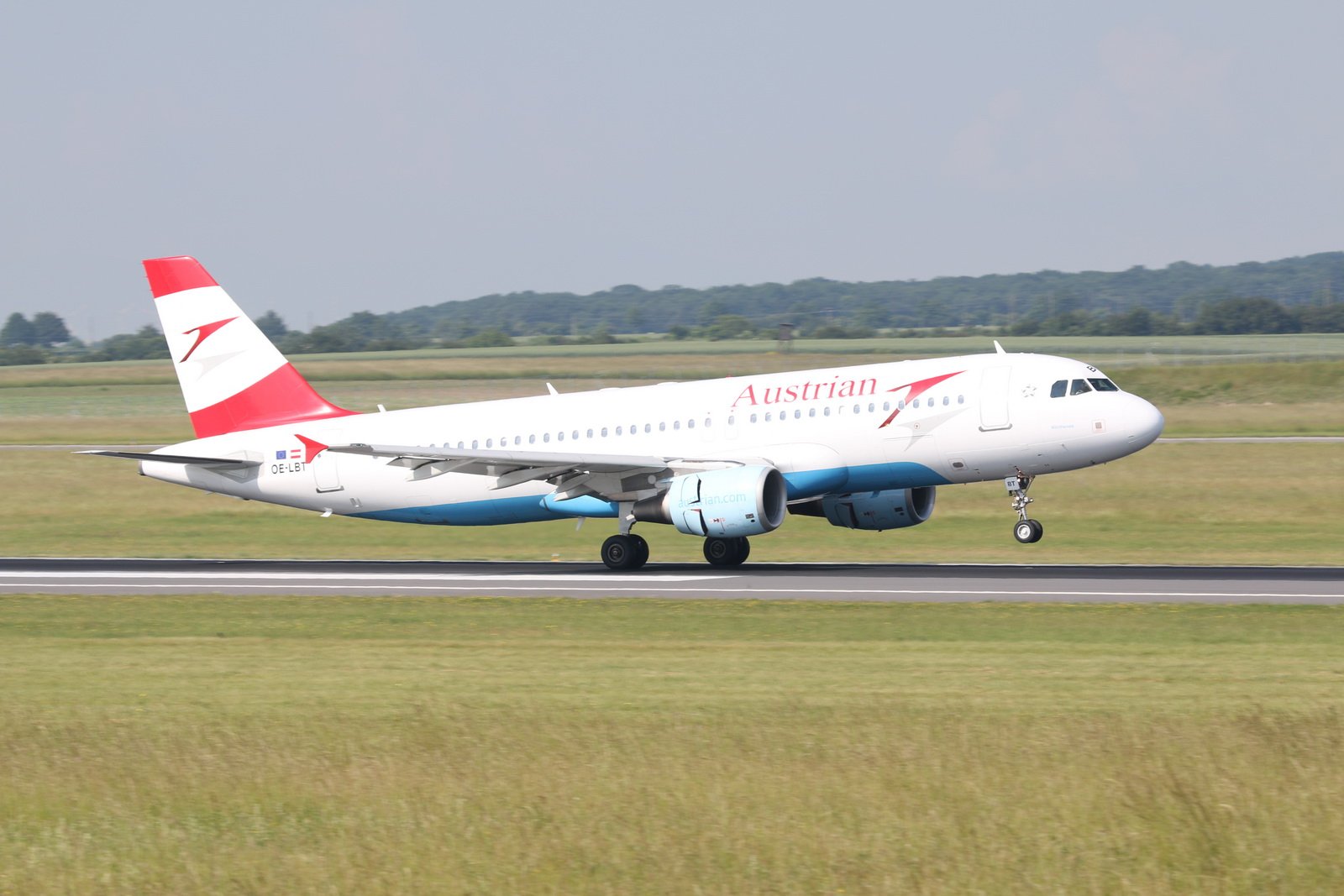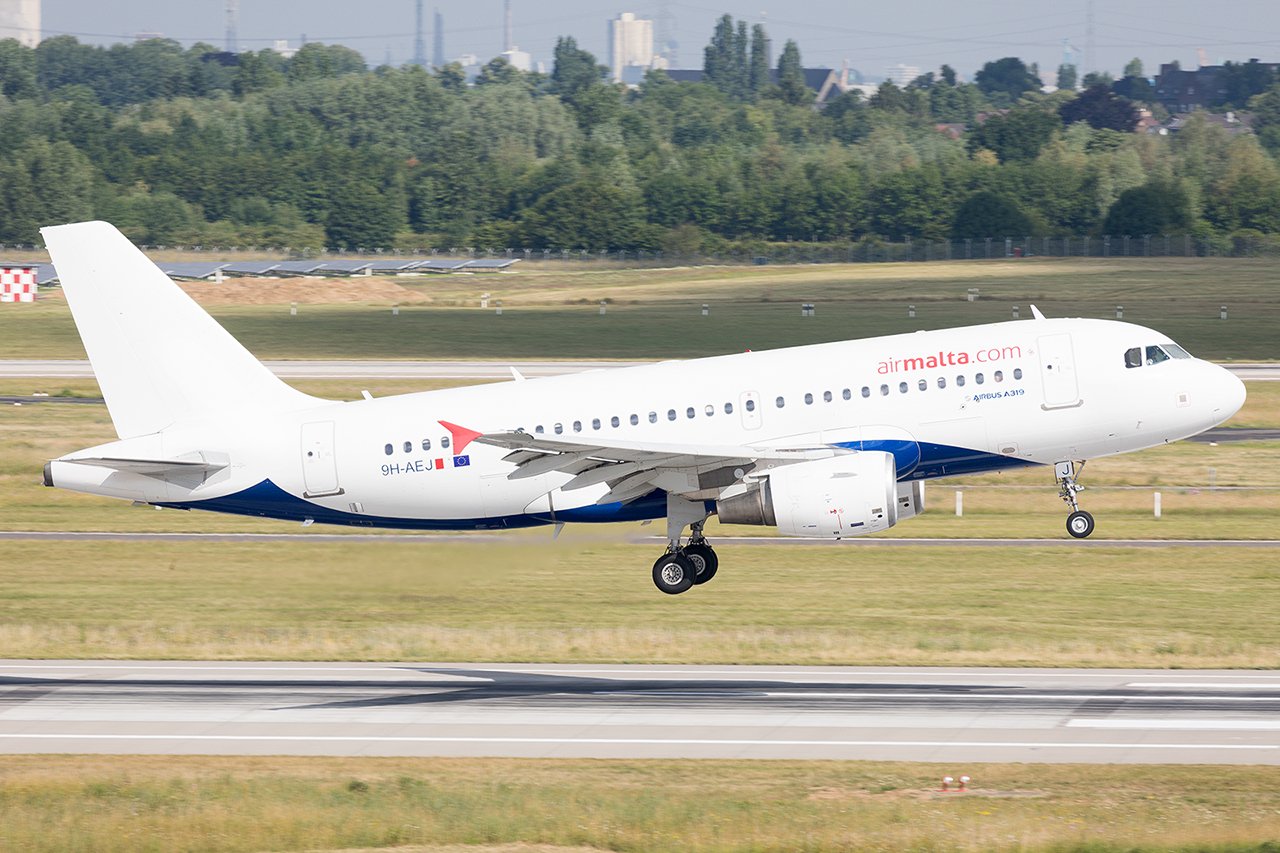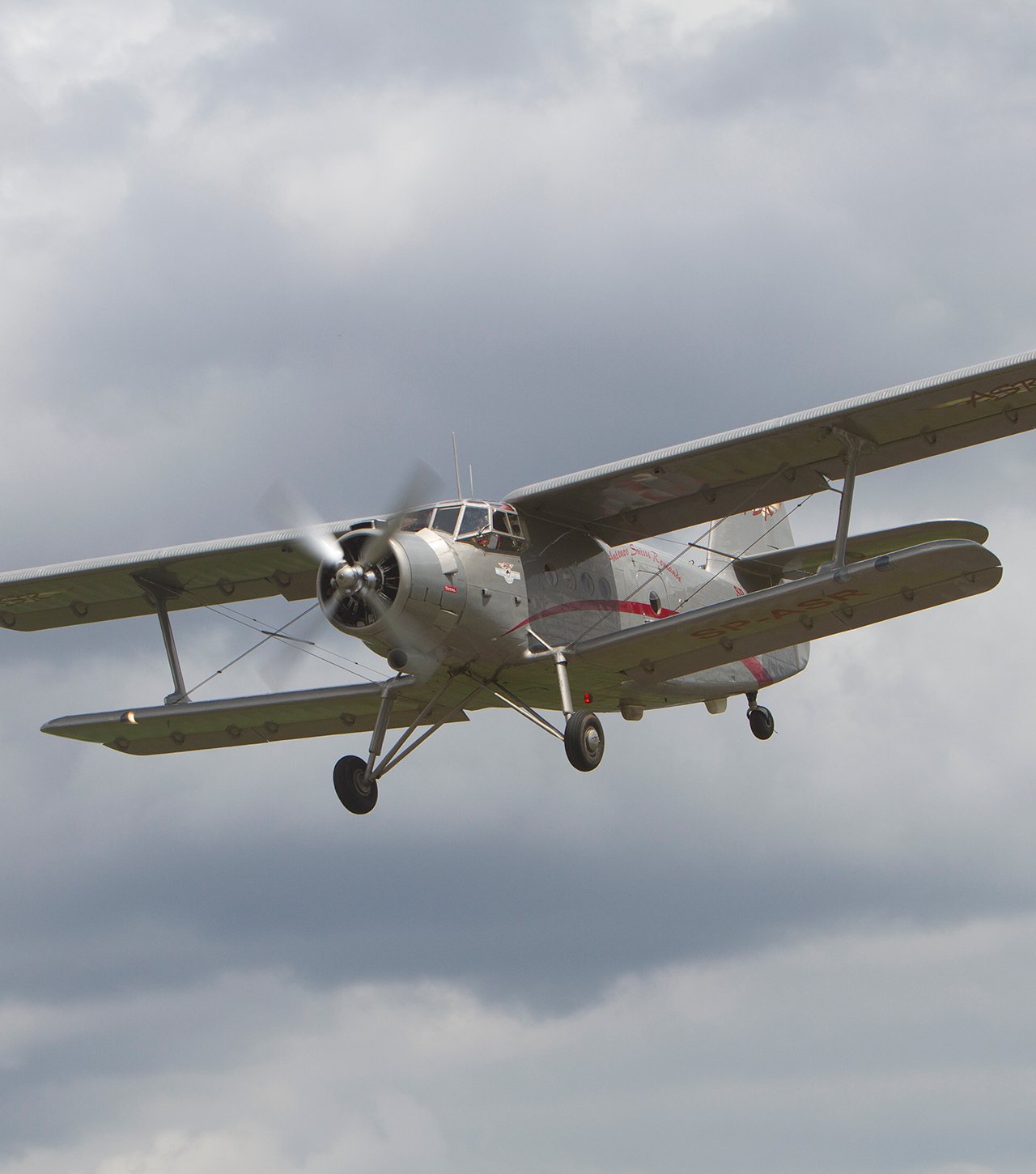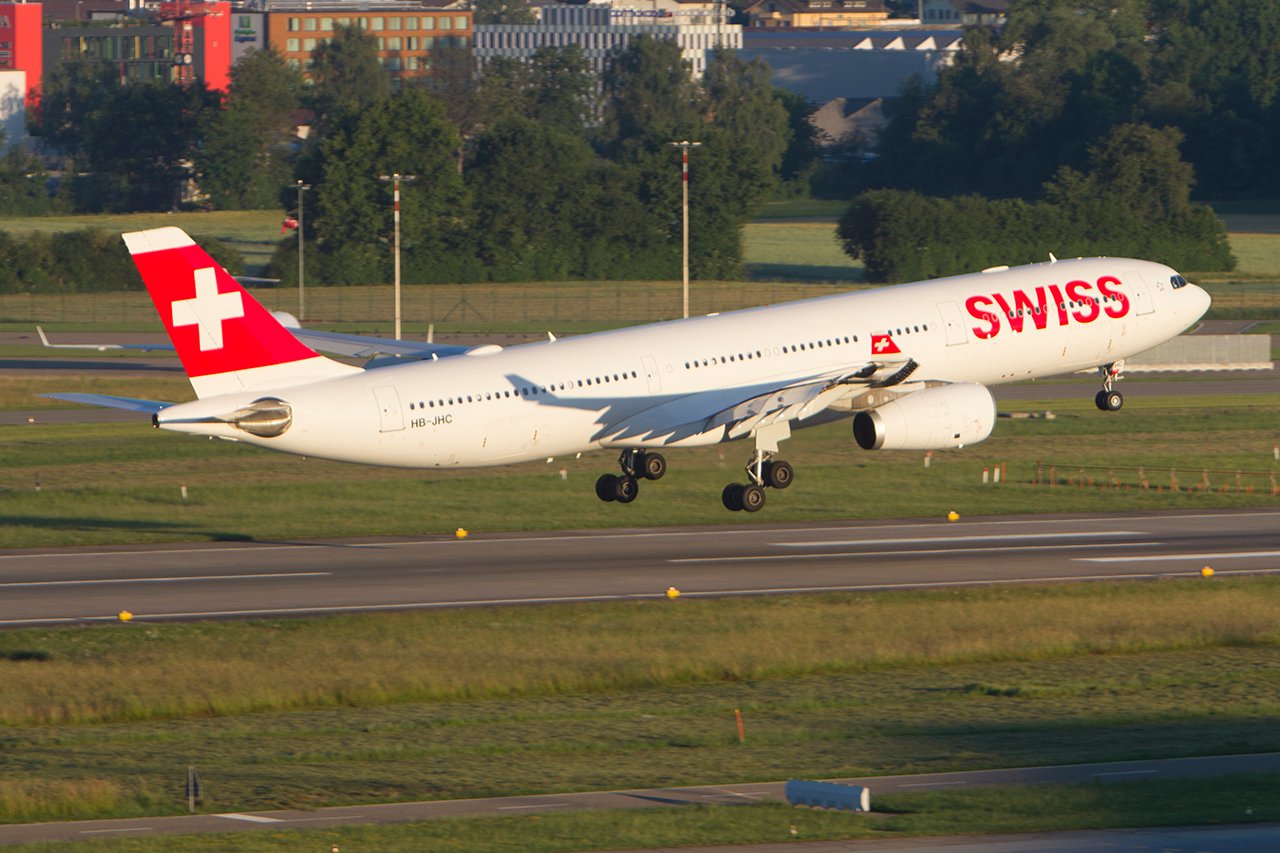1. General Upload guideline
Please keep in mind that rarity of a photo will be taken into account by our screening team.
1.1 General Advice on uploads
1.1.1 Upload only unaltered images
Cloning anything in or out of a photo will mean that the photo will be rejected and you are running the risk of your upload privileges being withdrawn or limited for some time. Manipulating a photo is something we will never tolerate. We reserve ourselves the right to remove manipulated photos from the database. All that we allow to be cloned out are artefacts in the picture that look like sensor dust spots.
Any manipulation of a photo will not be tolerated and might result in a ban if repeated.
1.1.2 Uploading scans
For such shots lower standards are applied. If it is necessary to clone out damage to the photo, please leave a remark in the comments to the screeners field. Guidelines for composition or obstruction do not apply to rare old scans.
1.2 Informations
1.2.1 Auto Fill
On most occasions the Auto Fill will provide the all needed information including the CN for you, so please use this first.
Note: Please, check the info fields given by the auto fill. It is up to the photographer to provide correct information.
Privately owned aircraft should be uploaded with "Private" as airline. The option "Unknown" should only be used, if there is no way to find out the correct airline.
1.2.2 Airport Codes
You will need to enter the relevant 4 letter (ICAO) airport code in the box provided.
When uploading airport overviews the 4 letter code is to be entered in both the registration & airport code fields.
If the airport you need is not in the menu, or auto fill, please complete this form to request it to be added.
If the location is not an airport, you may use the Other Location option
If you are not allowed to give full details for the location (for example for sensitive military airports) you have to use the "other location" feature as follows: Other Location - Undisclosed
Please do not use special characters like " & % $ ´ ` and similar.
1.2.3 Airport Overviews
For airport photos of Control Towers, Terminals, etc., type in the airport 4 letter (ICAO) code in both the Registration and Airport fields.
For "Spotting Location" in addition to the correct info, please note, that we have also minimum requirements regarding the motive, as explained in chapter 3.4.2
.Note: an airport overview taken from inside an aircraft, with part of the wing visible should be uploaded as wing view (see 1.2.6.).
1.2.4 Registration & Construction numbers (CN)
Please try to include the registration and construction number (CN). If the CN has not been added automatically by using Auto Fill, it is normally quite easy to find it. First step would be to check the database for photos that are already added.
For a group of aircraft flying in formation it is preferred that the registration of the lead aircraft is entered.
In case you the registration is unknown leave the field blank.
When uploading a wing view, submit the info of the aircraft the image is taken from, if a part of this aircraft is visible (for example the wing).
1.2.5 Genre
Auto Fill should select the correct genre automatically on most occasions. The Genre is based on the current registration worn by the aircraft.
Aircraft operated by government and police are considered 'Civilian'.
Privately owned warbirds (military aircraft) with a civil registration should be submitted as 'Civilian' with the Warbird/Vintage category selected.
1.2.6 Uploading Wing Views
Photos taken airborne need the country and 'Inflight' as location, unless an airport is visible.
International Airspace only applies for shots taken mid-ocean where you do not know whose territory you are flying over. Shots taken over land or within a nation's airspace should always include the correct country.
1.2.7 Detailed guideline for information
A detailed guide for civilian airlines can be found here.
A detailed guide for military airlines can be found here.
1.2.8 Long exposure night shots
Night shots showing only the trails of the lights of an aircraft should be submitted as airport overview and with "Airport Overview" and "Night Shot" categories selected.
1.2.9 Date
For photos taken with with a digital camera the exact date is expected to be given. Not submitting the exact date (Month/Day/Year) can lead to a rejection of the photo. Changing of the date is seen as a manipulation of the image.
Providing a less specific date (Month/Year), will be accepted in some cases. For example when a photo has been taken on a photography sensitive location. In such a case, the photographer is expected to provide the reason for not submitting the exact date, in the Comments to Screeners field.
1.3 Image Formats
Photos can be uploaded with an aspect ratio between 4:3 and 3:2, or at an aspect ratio of 16:9.
1.4 Appealing a rejection
Our photo screeners are human, and we understand that you may sometimes disagree with their decision to reject a photo. As a result, we have instituted an Appeal process, which will allow you, as a photographer, to have your photo reviewed by a member of the JetPhotos senior screening team for a final decision.
To appeal the rejection of this photo, please enter a short, concise reason you feel this photo was wrongly rejected, and press the 'Submit Appeal' button. You will receive e-mail notification when your appeal has been decided.
Offending appeal remarks will cause an immediate rejection of the appeal and can also result in a ban.
NOTE: Do not misuse the appeal feature to ask for advice on how to correct a photo. For such purposes please use the aviation photography forums.
2. Rejection reasons explained - Various
2.1 Bad Info
Uploads with wrong information, which could have been easy to find using the mentioned methods above will be instantly rejected for "bad info". A guide to enter the correct information can be found in the "General Upload Guideline".
The Remarks field is be used to add informative notes or comments regarding the image displayed. Inappropriate comments may be subject to change or deletion. Insulting comments in the remark field can result in ban.
2.2 Categories
Air to Air
Air-to-Air is to be selected when uploading a photo that has been taken from inside one airborne aircraft and that is showing another airborne aircraft.
NightShots
This category should apply for photos taken at dawn, dusk and night. For Dusk and Dawn photos these should show a red-orange glow and long shadows. Dusk or dawn shots where the aircraft is a silhouette in front of a rising or setting sun would be a time where backlit photos are acceptable and Night Shot would apply.
Accidents
Accident is to be selected when showing an aircraft that had an accident and you are showing the damage of that accident, or if showing an actual accident or incident. It is not to be used, when an aircraft has had an accident and you are uploading a photo of that aircraft taken prior to the incident, or after the accident, when it's being repaired.
Airport Overview
Is to be selected when showing buildings of an airport or uploading an airport overview.
Cabin Shot
Cabin Shot is to be selected when showing the interior of an aircraft, not the cockpit.
Flight Deck
Is to be selected when showing the inside of the cockpit of an aircraft.
Wing View
Wing View has to be selected when uploading a photo that has been taken from inside an aircraft, typical through a cabin window of an airliner. To be accepted it has too show large parts of the engine and / or the wing. A wing view showing no part of the aircraft is not acceptable.
Business Jet
A photo of a Business Jet is to be uploaded as such. This category is for the Cessna Citation or a Boeing BBJ and everything similar. Some military and government aircraft also fall into this category. Anything with props is not a business jet.
Cargo
This is to be selected for Cargo aircraft. It is also to be selected for military cargo aircraft except tankers and water bombers.
Helicopter
To be used for helicopters. Tiltrotors and gyrocopters are considered helicopters. The V-22 Osprey falls under the Helicopter category.
Lighter-Than-Air
To be used for hot air balloons or blimps. Gliders do not fall into this category.
Small Prop
To be used for small props which have been designed for up to 10 passengers.
Special Scheme
a) Military Aircraft
The "Special Scheme" category should usually not be used for a special sticker or marking on military planes. This means kill markings (like flags on the intakes) or slightly enlarged unit badges on the wing, these do not count as a special scheme.
Flight demonstration teams like the Red Arrows, USAF Thunderbirds etc. should NOT be selected as special scheme, as these are the standard paint scheme within the units.
However, planes with large special tail markings that are unique within the fleet should be selected. For example the Boss Birds with full colour markings within USN squadrons, or British unit celebration tails. Or the German "Monster" Tornado...
b) Civil Aircraft
Special scheme should only be checked for aircraft whose livery differs extensively from the standard fleet colour scheme. Typical examples are “Star Wars", "Hibiscus" or Retro Jets. Aircraft with large stickers to celebrate the 100th or 500th plane delivered, also count. Same with advertising stickers if large or advertising schemes, these do qualify for Special Scheme selection.
Hybrids or plain white aircraft do not count as Special Scheme.
Warbird / Vintage
This category is to be selected for old planes (anything that was not built after 1970, or where the production started before 1970), planes that are no longer in regular service and planes in museums. Also, replicas of vintage aircraft need the "vintage" category.
2.3 Double
This will occur if you upload the same picture twice.
2.4 File Error
An error occurred during the upload phase of your photo, which deems the photo unreadable. Please resubmit the photo again.
2.5 Hot Photo
The following will be accepted as hot for 48 hours after the first photo got accepted:
1. New aircraft type produced by a manufacturer. (including subtypes)
2. New aircraft type / subtype for an airline or air force. (including roll-outs or test flights at the factory)
3. First appearance of a new airline colour scheme. (incl. for all subtypes)
4. First appearance of a special scheme for an airline or air force. Air force special scheme must be at least a full tail marking or similar size on the fuselage. (also for subtypes). Airline special scheme includes all alliance schemes such as Star Alliance, One World etc.
5. Other Newsworthy events at the discretion of the screening team. (typical hand over ceremonies, promotion tours by new airliner types,..)
6. Photos of airliners with a registration not in the database will count as hot. (the 48h hours guideline will not apply to those)
7. Please note that new routes are not considered as hot.
Hot photos for which the 48 hour guideline does not apply
In order to improve the cooperation with FlightRadar24 and have the most up to date photo available for the FlightRadar24 site the following will be accepted as hot for the first photo accepted only.
1. A new delivery of an aircraft type that already exists in the fleet.
2. An existing aircraft in the fleet that is repainted in a new colour scheme.
3. Any change to the colour scheme (for example: removal of a special scheme, new stickers) or to the aircraft itself (Winglets, Sharklets) - Note that this is only valid for active aircraft
4. Photo of an airliner with a registration not in the database or re-use of a registration for a new airframe
Remember, these are hot only for the first accepted image.
2.6 Similar
Means that you have a similar photo already in the database. Please upload
only your best photos, try to be creative. Similar refers to:
- a photo taken from the same sequence the same day e. landing,
taxiing, ramp parking or take off
or
- same registration, similar angle or composition or same background taken on different
dates.
- Close up views and full or partial views of an a/c
taken at the same angle, are generally considered similar.
If a new upload is of a significantly better quality, we may consider
accepting it.
We will only accept a certain number of cockpit or
window shots taken in the same aircraft (normally no more
than two).
3. Rejection reasons explained - Composition
3.1 Composition/Centering
The composition of the photo is not visually appealing. This can be for example: bad centering of the aircraft or that the angle that you have used does not show the aircraft in a very good light. 'Rear end' shots are particularly vulnerable to getting this rejection reason as are shots taken directly underneath an aircraft or just a little off the runway centerline on final approach. If a shot shows a clear motivation then we are obviously prepared to be flexible, such situations might include a smoky touchdown or a strong crosswind approach, an aircraft placed off center on purpose to include a distinctive background or to enhance the expression of a photo.
Centering/framing in photography is not a mathematical issue. For example: an Airbus A340-600 side-on photo can not be centered the same way as a 3/4 shot of a Hercules. The photo has to look balanced. A good indicator for side-on shots is to center the area between wings and window line. If an aircraft is just about to touch down, centering the area covered by the aircraft and runway might also work.
Examples of not acceptable photos
3.2 Cut Off
In many cases cropping out parts of the aircraft improves the photo.
If something has been cut off without a clear motive for doing so it will most likely be rejected. Generally speaking, do not crop through essential parts of the main subject. As a rule of thumb if you want to show a close up of an aircraft, show only the main subject. For example: a photo showing almost the whole aircraft, but with the tail chopped off will most likely be rejected. A photo with a part of the aircraft, such as an engine cut off will also lead to a rejection in the majority of cases.
Examples of not acceptable photos
3.3 Horizon
One of the most common rejection reasons, it means the photo is not level. To ensure your photo is level use a vertical reference point such as a building to straighten things out. All shots should be level, this includes window views where the horizon or building verticals are visible and cabin/flight deck shots. For wide angle shots, try to center a vertical line in the middle of the photo.
Examples of not acceptable photos
3.4 Motive
3.4.1 General
Means we are not sure what you are trying to show us with your photo, what is the motive for the shot? It can also mean that your picture is not sufficiently aviation related for us to accept.
Window view shots must either be an overview of an airport or have a significant amount of the aircraft in view and be visually appealing, a wingtip plus a few clouds is not what we are looking for here.
Be careful with airport views too. For example, an overview of the front of an airport is usually acceptable but a photo of some random people in coffee bars is not.
When people are recognizable in a photo, it may lead to a motive rejection.
3.4.2 Spotting location
For spotting locations, the following minimum requirements apply:
- photo must show a public location regularly used for spotting
- photo needs to cover a wider view of the area
- the airport area should be in view
- at least one aircraft should be in view
- little description of the spotting location in the remarks field is mandatory, mainly the name under which the location is known, what can be seen from here (e.g. which runway, morning/afternoon light, ...)
Optional but recommended as the best way to pinpoint a spot...
- Google Earth co-ordinates in this format after you remarks:
- <br><b>[Google Earth xx°xx'xx.xx"N/S xx°xx'xx.xx"E/W]</b>
3.4.3 Motive
Jetphotos.com is primarily an aviation database. With this in mind an aircraft or a primarily aviation based subject should form the greatest part of the image. Concentration on subjects such as posed groups of people, female anatomy on a beach such as recent uploads from St Maarten or any other place, will be rejected on the grounds of Motive.
For privacy reasons the following situations can lead to a motive rejection
- The photo exposes an easily identifiable person, including air crew in a cockpit etc, who are not clearly posing.
- The photo exposes a readable vehicle license plate. Blurring the plate to a minimum which makes the plate unreadable is accepted.
Examples of not acceptable photos
3.5 Obstruction/Clutter
This means that the aircraft is not fully visible due to it being obstructed by anything from long grass to catering trucks.
Items of ramp equipment must not obscure any of the aircraft, including stairs, aerobridges etc. Exceptions may be made if the equipment forms part of the motive of the shot, such as in use de-icing equipment, or if the angle of the shot means only a small part of the aircraft is obstructed, such as ground power units/cargo loading devices.
Examples of not acceptable photos
3.6 Too Far
Simply means that the subject is too far away and there is too much dead space in the photo. You may be able to rescue the situation by cropping closer to subject but this will result in a loss of quality.
Examples of not acceptable photos
4. Rejection reasons explained - Photo Quality
4.1 Bad Quality
A bad quality rejection means that the picture has many problems and is not worth considering further editing, appealing or re-uploading.
4.2 Blurry
Simple - we don't accept blurry pictures, it is impossible to define what level of blurriness causes a rejection but it should be remembered that unlike a soft picture a blurry picture will never be sharp.
In addition, the "blurry" rejection will also be used for photos, which are out of focus. Like blurry shots, out of focus cannot be repaired, no matter how much you try to sharpen it.
Examples of not acceptable photos
4.3 Dirty Scan / CMOS Dust spots
Dust spots on the sensor are one of the biggest drawbacks of DSLRs and cannot realistically be avoided, but dust spots are easily removed from pictures by using the cloning or healing tool in your editing software, it is a very simple procedure and one which every digital photographer should be able to do. Dust spots on pictures are too easy to remove for us to consider adding such images to the database.
Examples of not acceptable photos
4.4 Glare/Dirt
Glare from the sun and reflections on windows are the main culprits here, avoiding sun glare through aircraft windows is almost impossible and we do not recommend that you upload photos taken from inside aircraft unless the sun is behind you. If you are shooting from behind glass never use a flash as your photo will be completely unsuitable for JetPhotos, other than that be sure that when you are framing your subject you check around it through the viewfinder and make sure there are no reflection on the glass which will result in a rejection if uploaded. Additionally, a photo taken thru a dirty aircraft window will also be rejected, if that dirt is too distracting.
4.5 Heat Distortion
Photos that have visible heat distortion on the subject will be rejected.
Examples of not acceptable photos
4.6 Vignette
When the difference in brightness between the corners and the centre of the photo is too big. Optical vignetting is sensitive to the lens aperture and can often be cured by a reduction in aperture of 2-3 stops or in editing software.
Examples of not acceptable photos
5. Rejection reasons explained - Exposure
5.1 Backlit
As a general rule: Don't take pictures with the sun in your eyes, shooting against the sun puts the visible half of the aircraft in shadow which means we can't see it to its advantage.
As a rule of thumb: if the tail casts a shadow on the fuselage, the photo is most likely to be rejected for backlit.
An exception to this is when the photographer is creating a silhouette sunset/sunrise type of shot.
Examples of not acceptable photos
5.2 Contrast
If a photo is rejected for "contrast" it means that the difference between the dark and the light areas of the picture are either too high (high contrast) or too low (low contrast). Before appealing a shot or if you are unsure, check the histogram and you will be able to identify, if there is a lack of highlights/shadows or if there is too much of them.
Please note that photos taken in bad weather conditions are likely to be rejected for contrast reasons, unless the weather aspect adds something to the photo. Just like on this photo where the bad weather isn't adding anything to the photo
Examples of not acceptable photos
5.3 Overexposed
This means that the sensor or film was exposed to too much light and has resulted in the photo being pale in color and having a white cast to it.
Sometimes, instead of adjusting the brightness of the whole photo, an adjustment of curves or tones will give you better results.
As with underexposed photos, if unsure, check the histogram. It will show you, if a photo is overexposed or not.
Examples of not acceptable photos
5.4 Underexposed / Too dark
This means that the sensor or film was not exposed to enough light and has resulted in the picture being too dark or underexposed. Usually, the shadows will then look too dark, with a lack of details. The most important thing is for the aircraft to be correctly exposed, provided the rest of the image is not too dark or too bright your picture should be acceptable. Pictures taken under cloudy skies or at dusk and dawn frequently need to be brightened up to make them acceptable for the database, please remember to do this before uploading your picture.
If unsure, check the histogram. It will show you, if a photo is underexposed or not.
Examples of not acceptable photos
6. Rejection reasons explained - Postprocessing
6.1 Bad Color (Over/Under Saturation, Hue)
Poor editing often results in colors which just dont look right but the most common problem is when pictures are taken from behind glass in airport terminals because this glass is tinted and creates a color cast on your pictures which does not reflect the colors you would see if you were the other side of the glass. Every editing program has a tool to alter colors and if you have been shooting from behind tinted glass these tools need to be used to make the pictures acceptable.
In addition, a photo with too much or lack of saturation will also be rejected with this rejection reason.
Examples of not acceptable photos
6.2 Compression
Save your images at a high JPG quality or low compression settings. Saving at low quality settings or using a high compression rate is great for saving disk space but it means you are losing large amounts of quality from the image, areas which are the first to show signs of over-compression are where colors border each other in particular the registration and cockpit areas.
Examples of not acceptable photos
6.3 Cropping
This means that the picture has not been cropped properly, we often see pictures with white edges visible and these should have been cropped out. The same rejection reason is also used, if the photo does not meet the requirements regarding aspect ratio as explained in chapter "Image formats"
Examples of not acceptable photos
6.4 Manipulation
Altering of colors, other than adjusting the histogram and contrast is not accepted, for example: giving the sky a yellow cast to fake a sunset sky.
Black and white photos are only allowed on
- scans of B/W negatives/slides
- vintage aircraft or "vintage look alikes", i.e. retro painting schemes, replicas, etc.
Any other colour altering, including fake skies, inverting of colours, etc. is not allowed.
Any other altering during the editing process will be rejected, this means adding things that were not originally in the picture or removing significant elements of the shot. Recent examples are: addition of glare effects, altering of regs, etc.
Examples of not acceptable photos
6.5 Oversharpen
All images require a degree of sharpening to make them acceptable to JetPhotos but if you overdo it the picture will look worse than when you started. Oversharpening can be recognised by the formation of jagged lines along cheatlines, wing edges and tail fins, in addition to this if you oversharpen an image it can result in a 'halo' effect appearing in areas of high contrast and in increased noise. Using a wrong method for resizing (Bilinear, Nearest Neighbour) can also create an oversharpened effect.
Examples of not acceptable photos
6.6 Soft
This means your picture is not sharp enough for the database, go back to your editing program and add a little more sharpening until you can get the picture to look sharp and then re-upload. Softness is usually a result of poor editing rather than a problem with the actual photographing. Many cheaper lenses will give you a soft image if used under poor light and at longer focal lengths, if this happens it is unlikely that any amount editing will save the image.
Examples of not acceptable photos
6.7 Over Processed / Bad postprocessing
This rejection may apply to photos which simply look over processed. This can be for example an improper use of noise removal programs up to the result of getting a plastic like look or smudgy edges. Also, halos caused by wrong sharpening settings or other wrong post processing settings, will result in a rejection.
Examples of not acceptable photos
6.8 Too much noise or grain
Noise is mostly a problem with digital cameras. Low end (cheaper) digital cameras are the worst offenders but it can still affect the more expensive DSLRs. An underexposed photo will tend to show more noise, when brightening it up. What the noise is for digital photography, is grain for film and slide users. Too much grain means, that areas of the picture are affected by discoloured pixels which give the picture an overall poor quality. Blue skies and shadows are usually the first areas to see this effect.
6.9 Watermark
Only a JetPhotos watermark applied during the upload process will be accepted. Photos containing your own watermark will not be accepted. If you choose a watermark option that is too intrusive it is possible that the photo will be rejected.


